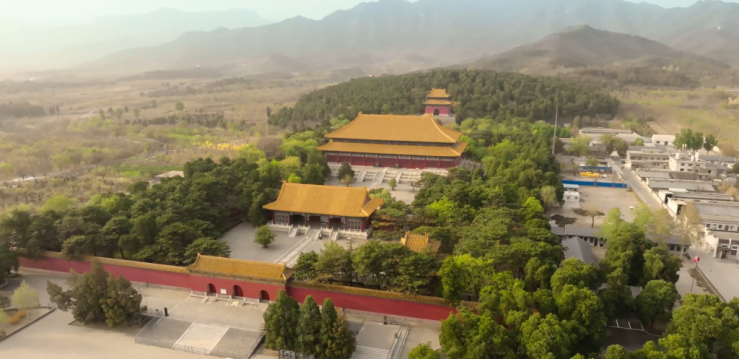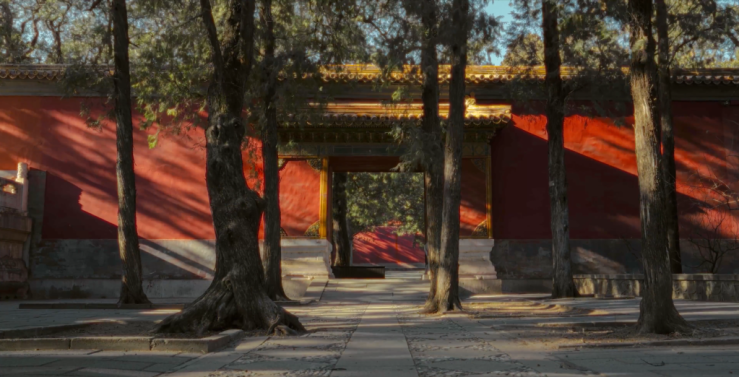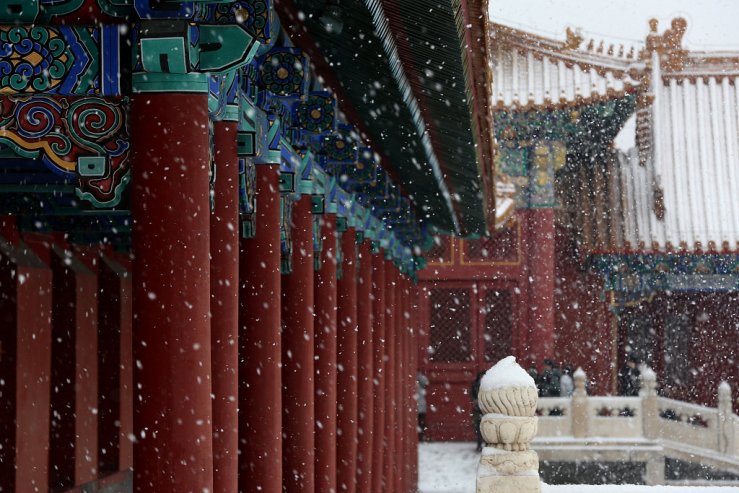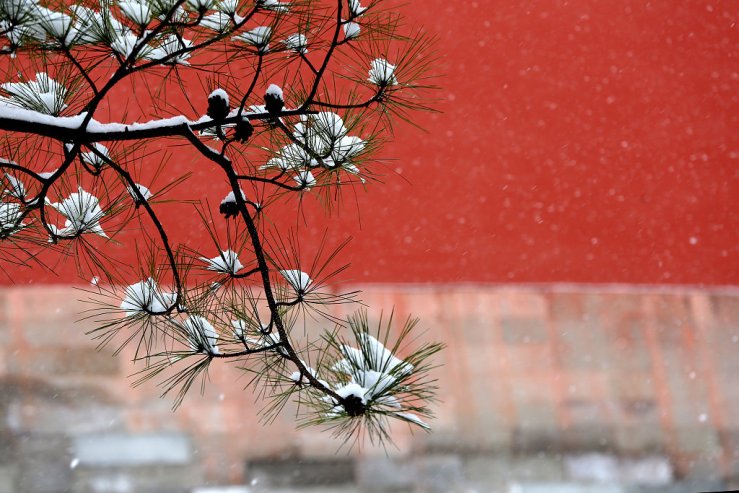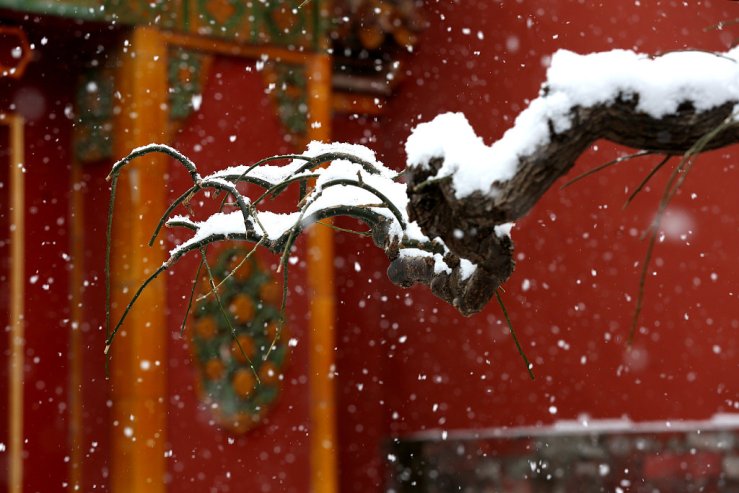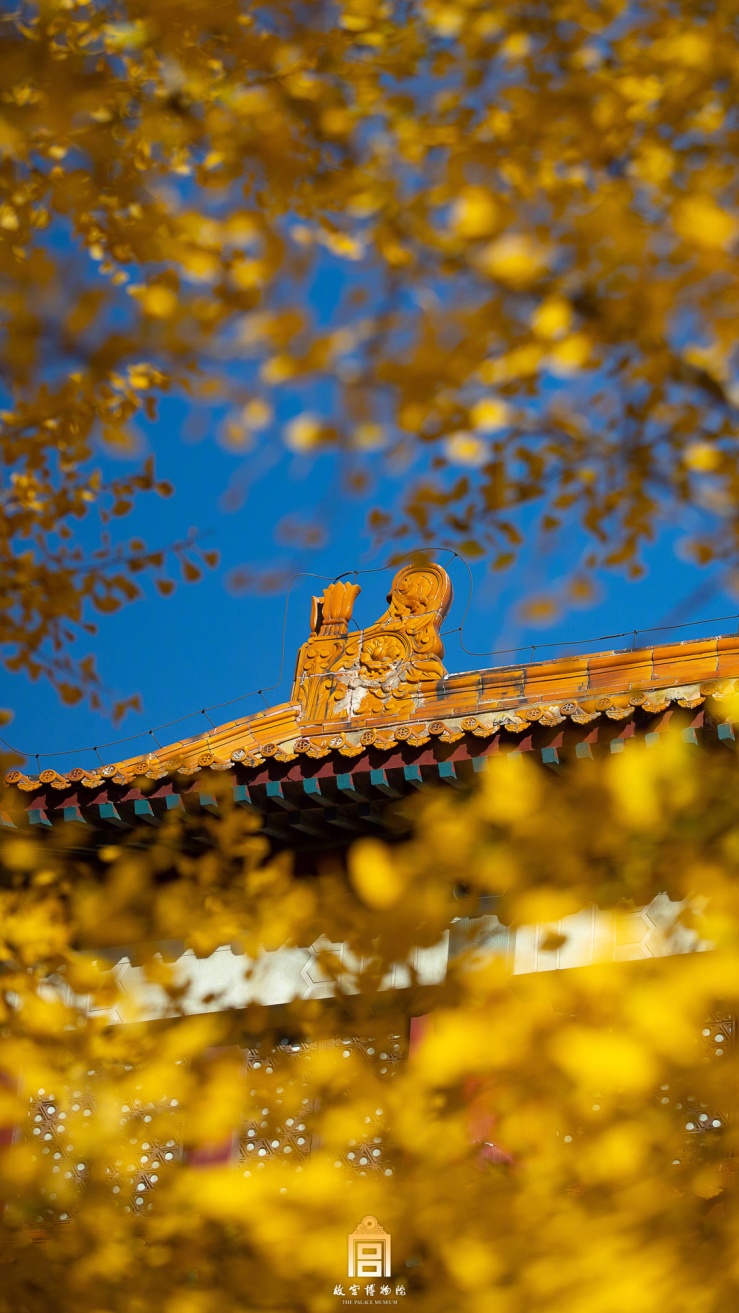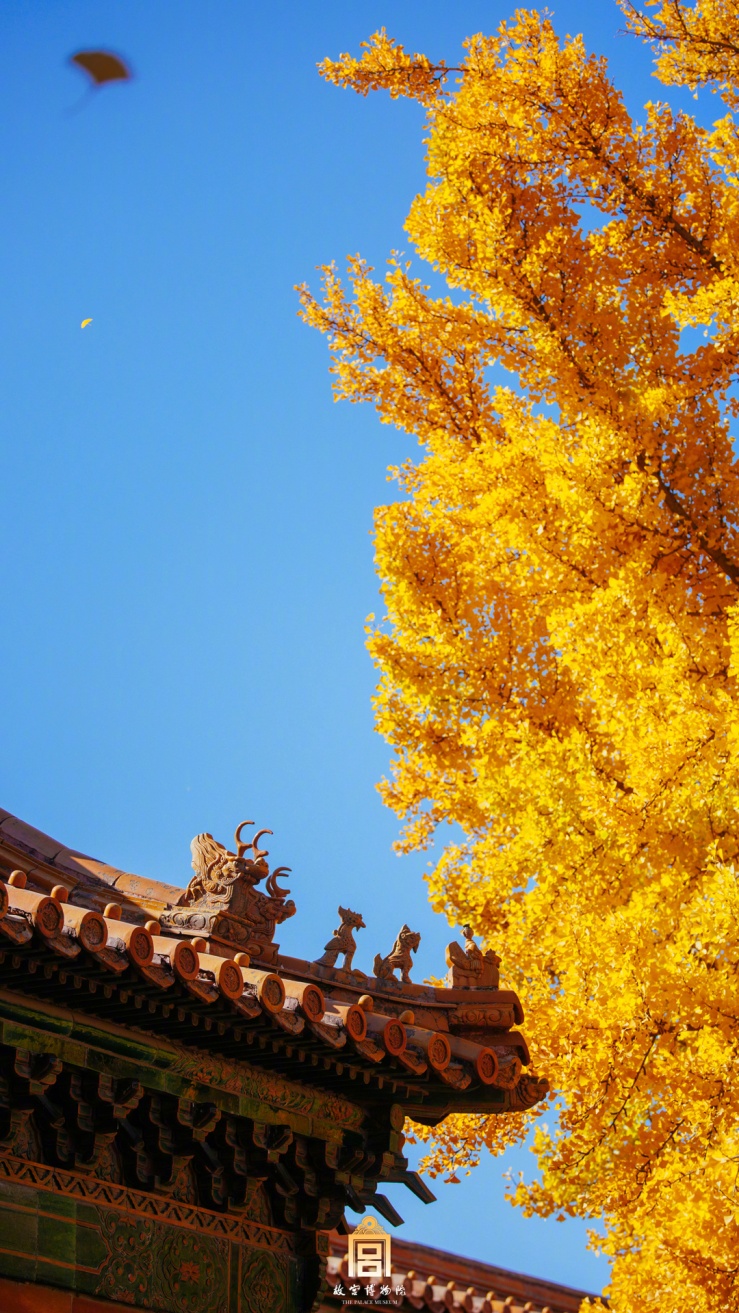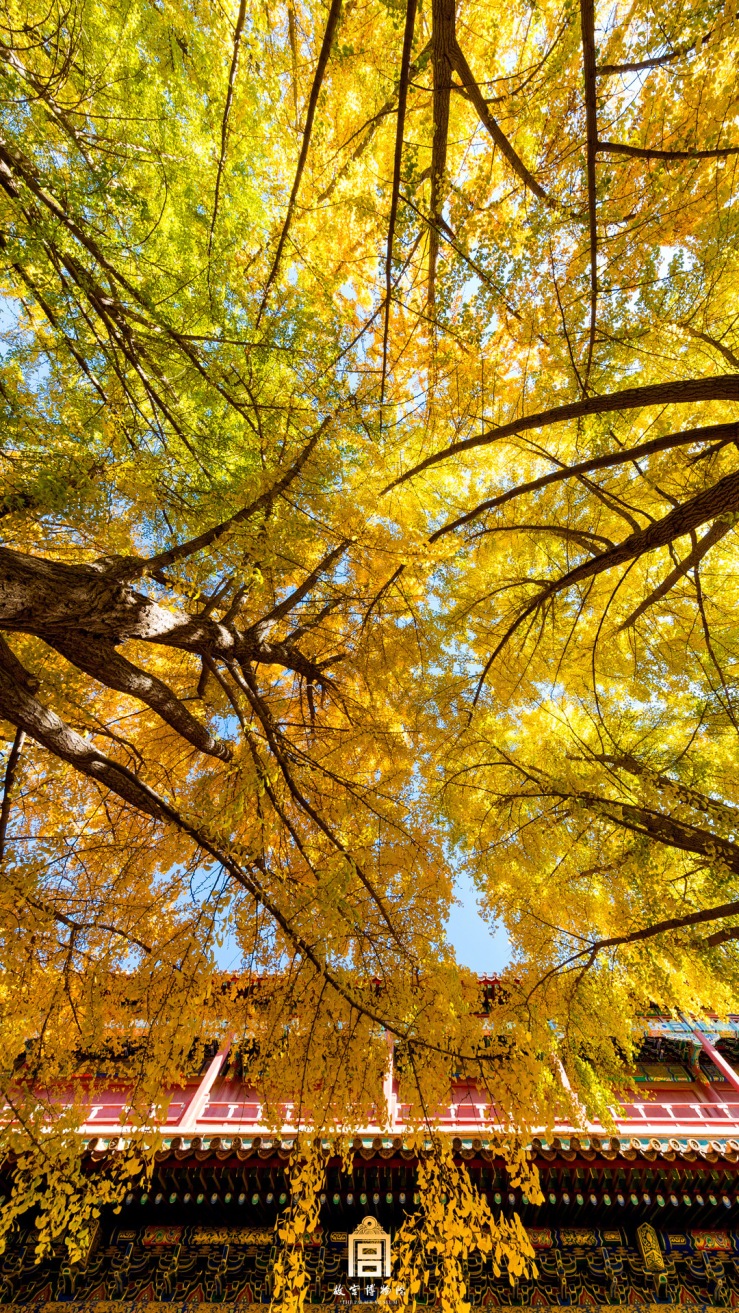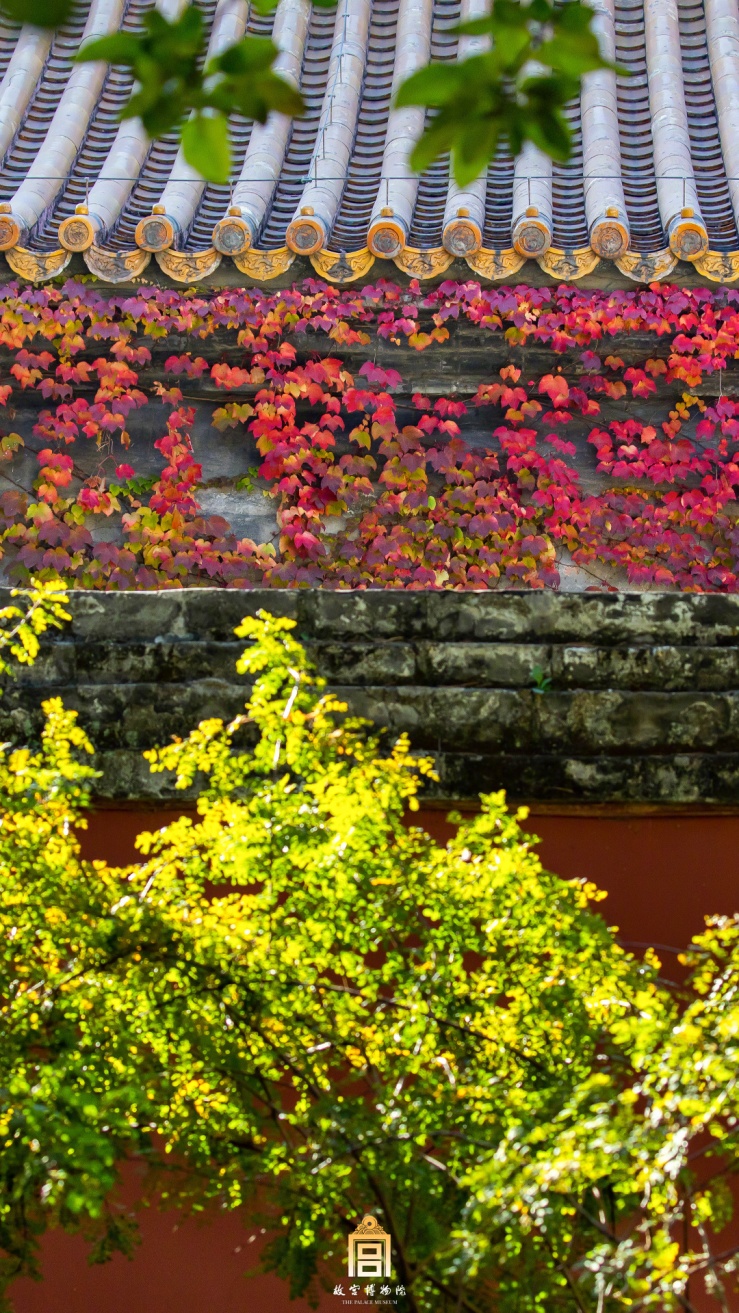
明中都Mingzhongdu The Ming Zhongdu is located in Fengyang County, Chuzhou City, Anhui Province, China, People’s Republic of China. It was the first capital built by the founding emperor Zhu Yuanzhang in his hometown of Fengyang. The construction project was presided over by Li Shanchang, the first civil servant of the Ming Dynasty.
The central capital of the Ming Dynasty was first built in the second year of Hongwu (1369) and was stopped in the eighth year of Hongwu (1375). It took a total of six years to build. The Ming Dynasty capital covers an area of more than 50 square kilometers and has three inner, middle and outer cities. Its inner palace city (imperial city) is 120,000 square meters larger than the Forbidden City in Beijing.
The Ming and Zhongdu were designed in strict accordance with the “Book of Rites of the Zhou Dynasty: Kao Gong Ji”, with layout features such as the front dynasty and the back sleeping quarters, the left ancestor and the right commune, and a north-south central axis running through the entire city. When Zhu Yuanzhang issued an edict to build the Central Capital in Fengyang, he mobilized skilled craftsmen, soldiers and civilians from all over the country, no less than a million people, to build cities, palaces and palaces like the capital city system, which occupied an important position in the history of the development of ancient Chinese capitals.


The rise and fall of Zhongdu
The Ming Dynasty was established in 1368. In the same year, the Ming army launched its Northern Expedition and occupied most of the Yuan Dynasty , ending the Yuan Dynasty’s rule across the country. The political situation has undergone tremendous changes. After analyzing the pros and cons of establishing capitals in Guanzhong, Luoyang, Bianliang (Kaifeng), and Peking, Ming Taizu believed that Nanjing was too far away from the Central Plains to control the country; Bianliang also suffered from poor people’s livelihood and was a A place surrounded by enemies. Therefore, in September of the second year of Hongwu, an imperial edict was issued to choose Linhao (today’s Fengyang) to build the central capital, “ordering officials to build cities, palaces and palaces as in the capital.”
The construction project of Zhongdu was presided over by Li Shanchang. In the third year of Hongwu, the ground was started and the construction of the palace city began. By the sixth year of Hongwu, the palace city and forbidden city walls and palaces were basically completed, and the construction of the outer city of Zhongdu also started. On Dingsi in April of the eighth year of Hongwu (1375), Zhu Yuanzhang “went to Zhongdu in person to inspect his merits and reward his hard work.” On the same day, he ordered the construction of Ming Zhongdu to be stopped on the grounds of “labor expenses”. Down, no other buildings in Zhongdu will be built, and unfinished projects will continue. After that, from October of the eighth year of Hongwu, the auxiliary buildings of Zhongdu City were renovated and the imperial tombs were built. In the 26th year of Hongwu, the outer city gates of Zhongdu were built. By the 30th year of Hongwu, the construction of Zhongdu City was completed.
After Emperor Taizu of the Ming Dynasty stopped building Zhongdu, Zhongdu was not used as the capital. However, because it was the imperial hometown, the emperor’s relatives often trained troops in Fengyang and lived in the palace of Fengyang Zhongdu. Later, because Zhu Di moved the capital to Beijing, Beijing was far away from Fengyang. Princes no longer often lived in Zhongdu as in the Hongwu period. The palaces in the imperial city gradually became deserted, but there were still a large number of residents living in Zhongdu, and there were also many people stationed there. The army and government offices guarded and managed the central capital.

On March 31, 2022, the high-profile “Top Ten New Archaeological Discoveries in the Country in 2021” was announced. The Ming Zhongdu Site stood out from the 20 archaeological excavation projects that were shortlisted for the final evaluation and was successfully selected.



Ming Zhongdu was the capital city built by Ming Taizu Zhu Yuanzhang in his hometown of Fengyang. In the second year of Hongwu (1369), construction was ordered. Six years later, when construction was stopped on the grounds of “labor expenses”, the capital had begun to take shape. The city site consists of three layers of city walls, covering an area of 50 square kilometers. City walls, palaces, temples, central government offices, military facilities, together with road networks, water systems, kiln sites, stone quarries and other relics from the time of city construction, together constitute a huge group of Ming Zhongdu ruins. In 1982, its core part, the Ming Dynasty Imperial City, was announced as the second batch of national key cultural relics protection units, and in 2017, it was announced as the third batch of national archaeological site parks.




In 2013, taking the construction of the ruins park as an opportunity, the Anhui Provincial Institute of Cultural Relics and Archeology formulated the “Archaeological Work Plan for the Ming Zhongdu Site”. In 2014, the archaeological exploration work of the Ming Zhongdu Site was launched, and the excavation officially began in 2015. In 2017, with the approval of the State Administration of Cultural Heritage, the Anhui Provincial Institute of Cultural Relics and Archeology cooperated with the Palace Museum and other units to conduct excavations in accordance with the excavation principles of “minimum area”, “minimum destruction” and “exhibition first” and in accordance with “layout, regulation, technology and process”. “Four academic goals, combining “field archaeology”, “digital archeology” and “technological archeology”, carried out continuous archaeological work on the Ming Zhongdu site and achieved a series of important gains. Through exploration and excavation, the layout of the city site has become increasingly clear, and the shapes and structures of individual building remains such as Chengtianmen, Donghuamen, and Waijinshuiqiao have been gradually revealed. On this basis, in 2021, we focused on excavation work on the Tushan Gate site and the core palace foundation site in the Qianchao District, with a total excavation area of approximately 2,100 square meters.











1. It is revealed that the Tushan Gate is a single-door arch-type city gate. The bottom of the city platform is about 39.5 meters wide from north to south and about 23 meters deep from east to west. It has a rammed earth inner and outer brick structure. The rammed earth core is made of one layer of bricks and one layer of soil. “Jiawaza” ramming method. On the north side of the city platform, an east-west horse path is set up against the north wall of the city platform. It is also a structure filled with rammed earth on the inside and bricks on the outside. The south side of the city platform and the outer city wall are connected by a brick wall. The city platform, horse paths and brick city walls are all located on a rammed earth platform with foundation trenches dug underground, and there is a clear construction sequence. The foundation trough and platform rammed earth also adopt the ramming method of one layer of bricks and one layer of soil. There are also ground nails at the bottom of the foundation trough of the city platform.



2. After accumulated excavations from 2015 to 2021, the layout of the palace foundation and some ancillary buildings in the former area of Guancheng was clarified by exposing the rammed earth platform foundation and its internal slats, in order to further explore the bay scale and construction sequence of the building. , construction technology, etc. laid the foundation. From the information revealed in the western half, it can be seen that the palace has a “work”-shaped layout of the front and rear halls plus a cross hall. Both the front and back halls have “Ninety-Four” bays, and the front hall leads to Baoxia. The hall is three rooms wide and seven rooms deep. On the west side of the apse are auxiliary buildings that may be corridors, gatehouses and Chonglou. The structure of the main hall, front and back halls plus a passage hall is relatively close to the palace architectural shape in the Song and Yuan Dynasties. The combination of ancillary buildings on the west side of the apse is very similar to the building combination at the same location in the Forbidden City in Beijing.
3. Excavations show that the palace is located on a rammed earth platform with a high front and a low back, similar to the practice of the Imperial Ancestral Temple in Beijing. The outer edge of the southern part of the platform is covered with a stone Xumizuo. A varying number of steps are found on the front and sides. The ground from the apse to the north is level with the top surface of the platform. The platform base is constructed one by one from various types of rammed earth, and a dense and neat platform is built using the “stone-clipping” method of one layer of stones and one layer of earth. There are many types of stone slabs, such as single type, two-piece type and four-piece type, which are constructed at the same time as the surrounding rammed earth. There are still foundation stones close to their original positions beside some of the stone walls. Among them, the giant stone foundation unearthed from the front hall has a side length of nearly 2.8 meters, a foundation surface length of 2.5 to 2.6 meters, and a basin diameter of 1.8 meters. Its volume is the largest at present. The foundation stone of a palace building is the largest I have ever seen. A rectangular loess platform with a length of 5.7 meters and a width of 4.9 meters was found in the middle and rear of the front hall. It was built earlier than the palace site and the palace wall. It is the location of the dragon throne in the palace and is exactly at the geometric center point of the entire palace.
Contents of this issue: The Ming Zhongdu ruins are located in Fengyang County, Anhui Province. More than 600 years ago, Zhu Yuanzhang, the founding emperor of the Ming Dynasty, decided to make Fengyang the capital of the world, named Zhongdu. Historians and architectural historians believe that during the construction, blueprints and model models were drawn for the reconstruction of the Nanjing Palace and the construction of the Forbidden City in Beijing.
Contents of this issue: The mystery of Ming Zhongdu has been deciphered beneath the surface of Jingdezhen, five hundred kilometers away. In 1990, the Jingdezhen Ceramic Archeology Institute unearthed an exquisite white porcelain water pipe, 26 centimeters high. Combining literature and stratigraphic analysis and comparison with physical objects, archaeologists in Jingdezhen confirmed that this unusual glazed building component was a sewer pipe produced for the construction of Fengyang Ming Zhongdu.
Contents of this issue: In the six years from 1369 to 1375 AD, a new capital city began to take shape in Fengyang, Zhu Yuanzhang’s hometown. Zhu Yuanzhang completed the national project of Zhongdu with extremely high standards, striving for excellence in every link. Seeing that his wish to “move the capital to Zhongdu” and “fix the tripod” is about to be realized.
Contents of this issue: In 1375 AD, shortly after Zhu Yuanzhang returned to Nanjing, he suddenly stopped the construction of the Central Capital on the grounds of “labor expense”, which shocked both the government and the public. The super project, which had devoted all the efforts of the whole country, came to an abrupt end just when it was “about to be completed.” As for the real reason, historical records are very vague.








The importance of new archaeological discoveries in Zhongdu during the Ming Dynasty:
1. New archaeological discoveries promote in-depth understanding of the Ming Zhongdu ruins
Because historical records are unclear. Archaeological exploration and excavation of key locations have continuously improved our understanding of the overall planning and layout of the capital in the middle Ming Dynasty. The excavation gradually clarified the scale and shape of each individual building, and explored information such as its construction process, order, and materials. It also gained an in-depth understanding of the construction, abandonment, and evolution processes of each group of buildings.
2. The excavation has filled a number of academic gaps.
1. The “3+2” layout of the Chengtianmen site discovered by archaeological excavations in recent years filled in the transitional link for the evolution of the second gate of the capital from three gates to five gates. It is the prototype of Beijing’s iconic “Tiananmen”.
2. For the first time, the architectural layout of the main hall of the former dynasty area during the Ming and Qing Dynasties is completely revealed. It fills the gap in the archeology of the capital palaces of the Ming and Qing Dynasties when other city sites such as Nanjing and Beijing do not have the conditions for excavation.
3. The discovery of the loess center point in the palace is extremely rare in excavations in the capital. It is located at the geometric center point of the entire palace city and is the location of the emperor’s dragon throne. It has strong symbolic significance and provides precious materials for studying the planning, site selection, and construction sequence of ancient capitals.
4. The huge stone foundation discovered at the palace foundation reflects the grand scale of the building. Its size is the largest stone foundation found in ancient Chinese palace buildings so far.
3. The excavation has supplemented key materials for the transformation of China’s ancient capital system from the Song and Yuan Dynasties to the Ming and Qing Dynasties.
Documents record that Zhu Yuanzhang visited Kaifeng in person before the construction of Zhongdu in the Ming Dynasty. When he conquered the capital of the Yuan Dynasty, he also measured the palaces in the capital of the Yuan Dynasty, including the Zhongdu of the Jin Dynasty. In November of the second year of Hongwu, he read the Yuan palace map. Therefore, the planning of the Ming Zhongdu reflected elements of the Song and Yuan capital systems. For example, the palace city is generally located southward in the capital, the T-shaped square is set up, and the outer Jinshui River route is similar to the planning of Dadu in the Yuan Dynasty. The triple city wall ring, the five-gate system on the central axis, and the I-shaped palace are all directly or indirectly inherited from Kaifeng in the Northern Song Dynasty. city planning concept.
Mingzhongdu was the first capital city in the Ming and Qing dynasties that truly embodied the capital system. Its planning was influenced to a certain extent by King Wu’s New Palace, but in turn it had a more profound impact on the subsequent transformation of Nanjing’s palace city and the capital construction of Beijing. The shape of the city gates in the northern and southern capitals, the setting of palaces and courtyards, the symmetrical layout of left ancestors and right shrines, and the internal and external Jinshui River system were all deeply influenced by the Ming and Zhongdu, and were deeply influenced by the planning of Ming Dynasty palaces and mausoleums in various cities.
The excavation of relevant sites along the central axis of the Ming and Zhongdus has revealed that they connect Song Kaifeng, Jin Zhongdu, Yuan Dadu, Ming Nanjing and Ming Beijing, filling key gaps. This connection also reflects the transmission of Chinese cultural genes from generation to generation. and the continuous characteristics of Chinese civilization. At the same time, it also has practical significance for promoting the study of the central axis of Beijing during the Ming and Qing Dynasties and its application for world cultural heritage.
4. The excavation of various buildings in the Ming and Zhongdu has added important reference materials for the study of architectural history.
The excavation of the palace foundation provides a reference for studying the palace layout of the Forbidden City in Beijing in the early Ming Dynasty, and finds the origin of the practice of the Imperial Ancestral Temple in Beijing.
The discovery of the craftsmanship, practices, construction sequence, and building materials of various types of buildings provides key basis for the restoration research on architectural construction in Zhongdu during the Ming Dynasty, and also provides reference materials for the research on other similar buildings.
The excavation of engineering relics such as kiln sites and scientific and technological research on building materials are also of great value in exploring the organization and implementation of engineering construction, and the production and circulation of building materials.
Since 2017, commissioned by the State Administration of Cultural Heritage, the Palace Museum Archeology Institute has cooperated with the Anhui Provincial Institute of Cultural Relics and Archeology to carry out archaeological work on the Ming Zhongdu ruins, and has participated in the completion of the Waijin Water Bridge, the moat, Xihua Gate, Tushan Gate, the core palace area, etc. Excavation work was carried out and a comprehensive survey was conducted on the Ming Zhongdu City Site and the Ming Emperor’s Mausoleum. At the beginning of 2019, the Mingzhongdu Archaeological Work Station jointly built by both parties was officially put into use.
The archeology of Zhongdu in the Ming Dynasty is one of the focuses of the archeology outside the Forbidden City, and it is also one of the important academic topics that the Forbidden City Archeology is dedicated to the archaeological research of palace-related remains. The archaeological discovery and research of the palace city of the Ming Dynasty is of great significance for deeply revealing the spatial form, structural layout, and regulatory ideas of the Forbidden City in Beijing. In the future, we will fully rely on the platform resource advantages of the Palace Museum, actively give play to the palace archaeological characteristics of the Palace Museum, continue to participate in and undertake various archaeological work on the site of the Ming Zhongdu, and base on the perspective of comparative research on the three capitals of the early Ming Dynasty, based on the archeology of the Ming Zhongdu Guided by the academic goals of the Ming Dynasty, the protection of cultural relics and archaeological work in Zhongdu of the Ming Dynasty will continue to be deepened.




















































